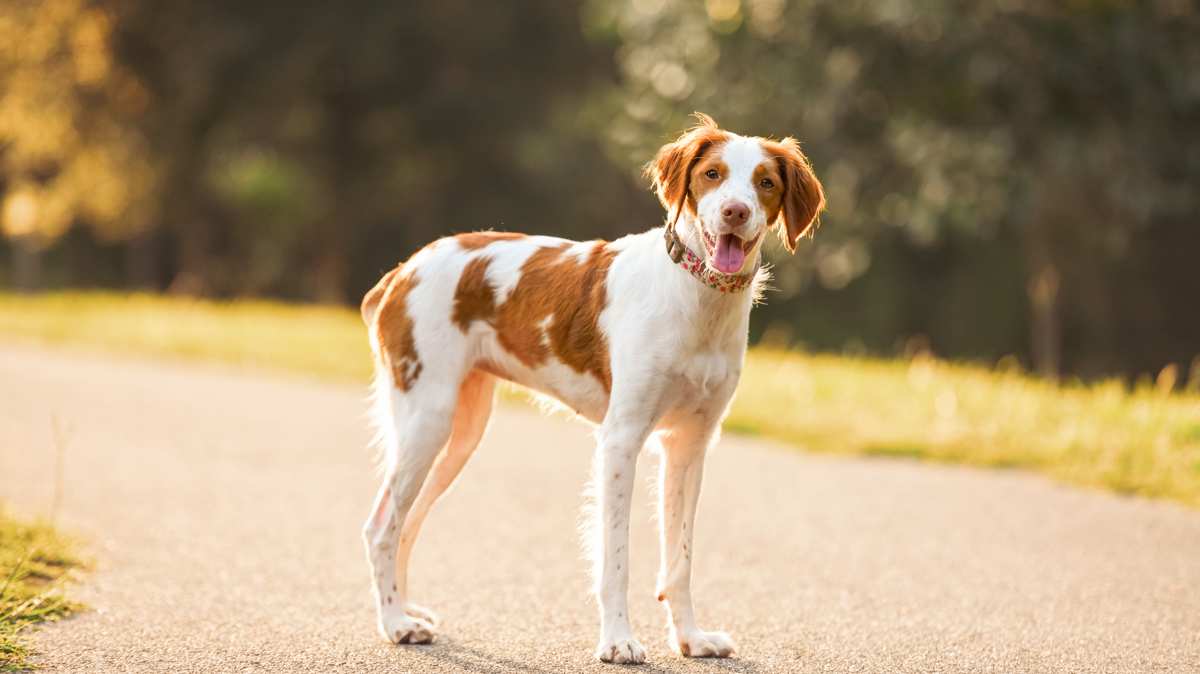Brittany Spaniel history may have been first noted in the 17th century. The breed is named after the region from which the dogs are believed to have originated. Paintings and textile decorations from that century depicted dogs remarkably similar to the Brittany. In later centuries, Englishmen, fond of hunting in that region of France, would routinely leave their hunting dogs during the off-season. Those various Pointers, Setters and Spaniels were probably mated with local dogs, and eventually produced the Brittany.
While the exact Brittany Spaniel origin is murky, there eventually emerged a distinct record-keeping effort. In the mid-18th century, the small Brittany town of Pontou is said to be where the dogs were first formally noted. There, the dogs of a French hunter and English sportsman were mated. This was apparently a more concerted effort than previous ones to produce a superior hunting dog with multiple capabilities and talents: agility, pointing, retrieval, speed and trainability.
Not too many decades later, the Brittany Spaniel, as the breed had become known, became popular at dog shows in England as well as throughout Europe. An 1896 event at the Paris exhibition had a Brittany shown and awarded a prize, and in 1904, there was a Brittany Spaniel champion, "Max de Callac." By 1907, a breed club had formed, and France had formally recognized the dogs. Later that year was when the first-ever Brittany Spaniel, "Boy," was registered. A standard was begun that year, and it was adopted in June 1908.
Brittany Spaniels arrived in the United States in 1928, but it took a few more decades before the breed was recognized in America by the American Kennel Club (AKC) in 1934. The AKC had a standard drawn up and accepted in 1935. The Brittany Spaniel Club of North America was established in 1936 and became a member of the AKC that same year. In 1982, the "Spaniel" was dropped from the breed's name.







